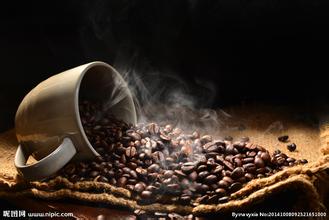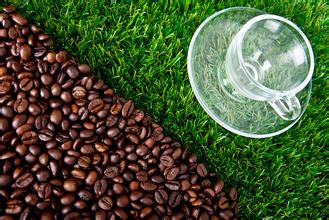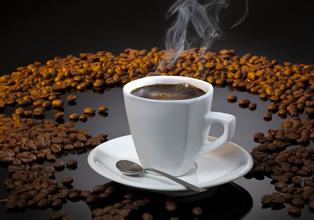Introduction to the grades of coffee beans in Kenya
Kenya can be said to be a dynamic element of the high-end Arabica raw bean market. The highest grade coffee in Kenya is not generally traded in the same way as Kenya AA (Kenya AA) or Kenya AB (Kenya AB) in circulation, but is traded through specific auctions at a much higher price than premium coffee. Of course, there is not much difference in quality between Kenyan AA coffee and coffee that has passed a specific auction. Based on the active development of coffee industry in zhengfu, Kenya has a very high level of infrastructure and quality management and management research activities in the coffee industry.
Kenya AA | Kenya AA
In the world's recognized, the most advanced Arabica coffee series, the indispensable coffee is Kenya AA. Here AA refers to the size, appearance and density of raw beans; the rating includes seven grades (AA,AB,PB,C,E,TT,T in order of size), ranging from the AA of the largest raw bean to the T of the smallest raw bean. Kenyan coffee raw beans, the largest for AA, contain the most oil (oil), which is unique to Kenya and can induce strong aroma. Kenya AA coffee raw beans are mostly processed by washing.
Flavor characteristics: Aroma | Flavor | Acidity | Sweetness | Body | Aftertaste Roasting Point: Light | Cinamon | Medium | High | City | Fullcity | French | Italian Processing Method: Washed Species: Arabica Flavor: Bright, Vibrant, Winy with Nice Body,Dark-Chocolate
Summary: countries in the eastern part of the African continent
Capital: Nairobi (Nairobi)
Language: English, Swahili
Climate: dry, Savana climate (also known as "tropical sparse steppe climate"), tropical, alpine climate
Religion: 45% Protestant, 33% Catholic, 10% indigenous religion
Area: 580000 2650 inches
Population: about 37.95 million (2008)
Production area: Mount Kenya, Kasii, Nyanza, Nakuru, Kajiado
Raw tea varieties: Native Arabica fro Ethiopia, Ruiru II,Bourbon, Kents, Typica, Other
Harvest time: October ∼ February
Planting height: 1500m ∼ 2100m
Grade: a, AA, AB, PB, C, E, TT, T
Processing method: Wet-Process
Features: Bright, Vibrant, Winywith Nice Body

Important Notice :
前街咖啡 FrontStreet Coffee has moved to new addredd:
FrontStreet Coffee Address: 315,Donghua East Road,GuangZhou
Tel:020 38364473
- Prev

African beans, coffee beans, coffee beans
Sidama is located in southern Ethiopia. Sidamo coffee is cultivated at altitudes of 1,400 m2,000m. This coffee is widely used to blend with coffees produced in other parts of the world in order to adjust the balance of mocha aroma and taste. The coffee has a refreshing sour taste and elegant taste that can only be felt in premium champagne, and it can also make people feel the unique characteristics of mocha coffee.
- Next

Cultivation of coffee beans in Tanzania
Tanzanian coffee is a high-end brand coffee, which has received a great deal of attention recently. Most coffee is grown on small-scale farms and the coffee produced is mainly for export. Although the aroma of coffee is not much different from that of Kenya, a neighboring coffee producer, the production technology or raw bean processing equipment lags far behind Kenya. The high-end coffee in Tanzania, mainly in Kilima.
Related
- Does Rose Summer choose Blue, Green or Red? Detailed explanation of Rose Summer Coffee plots and Classification in Panamanian Jade Manor
- What is the difference between the origin, producing area, processing plant, cooperative and manor of coffee beans?
- How fine does the espresso powder fit? how to grind the espresso?
- Sca coffee roasting degree color card coffee roasting degree 8 roasting color values what do you mean?
- The practice of lattes: how to make lattes at home
- Introduction to Indonesian Fine Coffee beans-- Java Coffee producing area of Indonesian Arabica Coffee
- How much will the flavor of light and medium roasted rose summer be expressed? What baking level is rose summer suitable for?
- Introduction to the characteristics of washing, sun-drying or wet-planing coffee commonly used in Mantenin, Indonesia
- Price characteristics of Arabica Coffee Bean Starbucks introduction to Manning Coffee Bean Taste producing area Variety Manor
- What is the authentic Yega flavor? What are the flavor characteristics of the really excellent Yejasuffi coffee beans?

